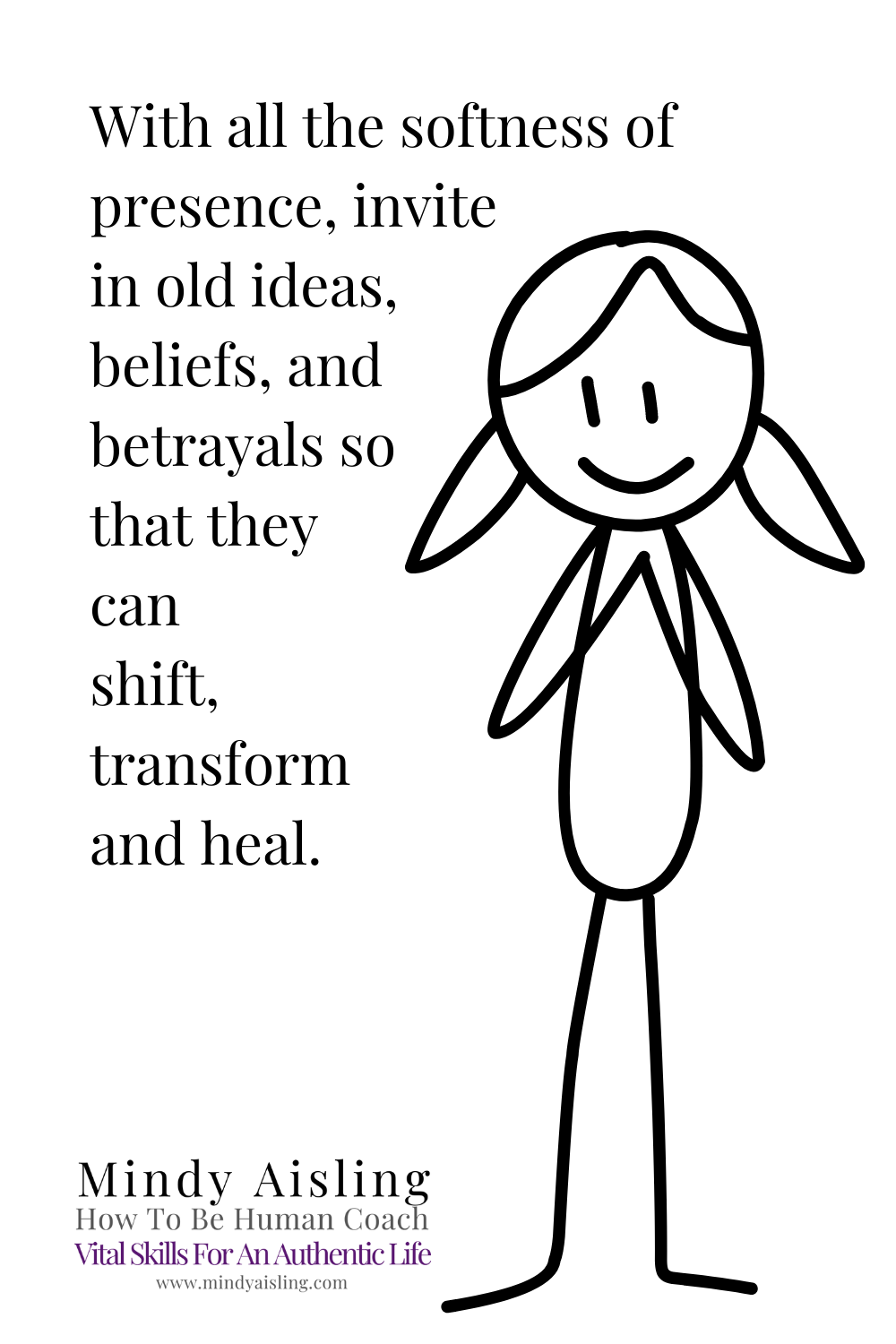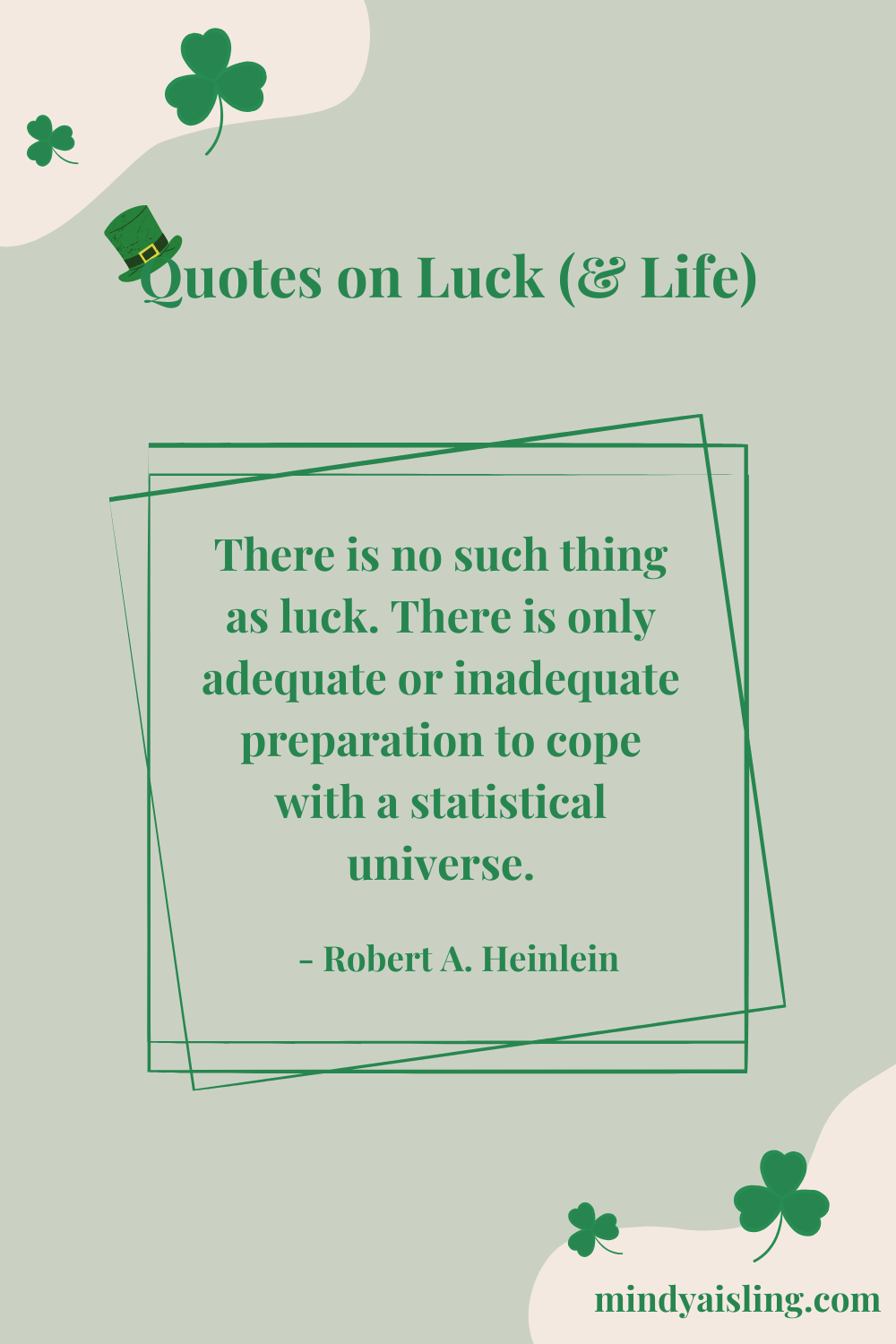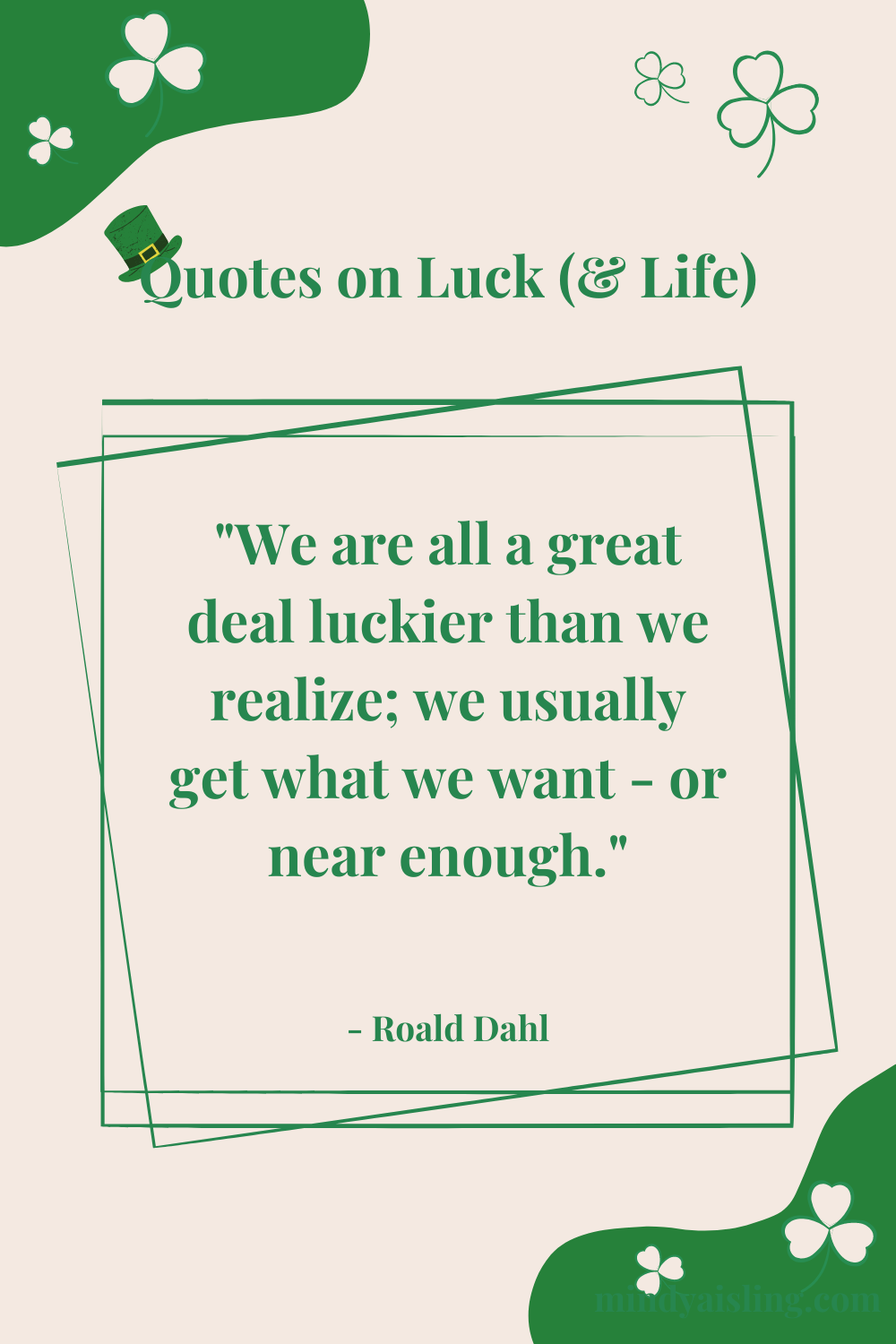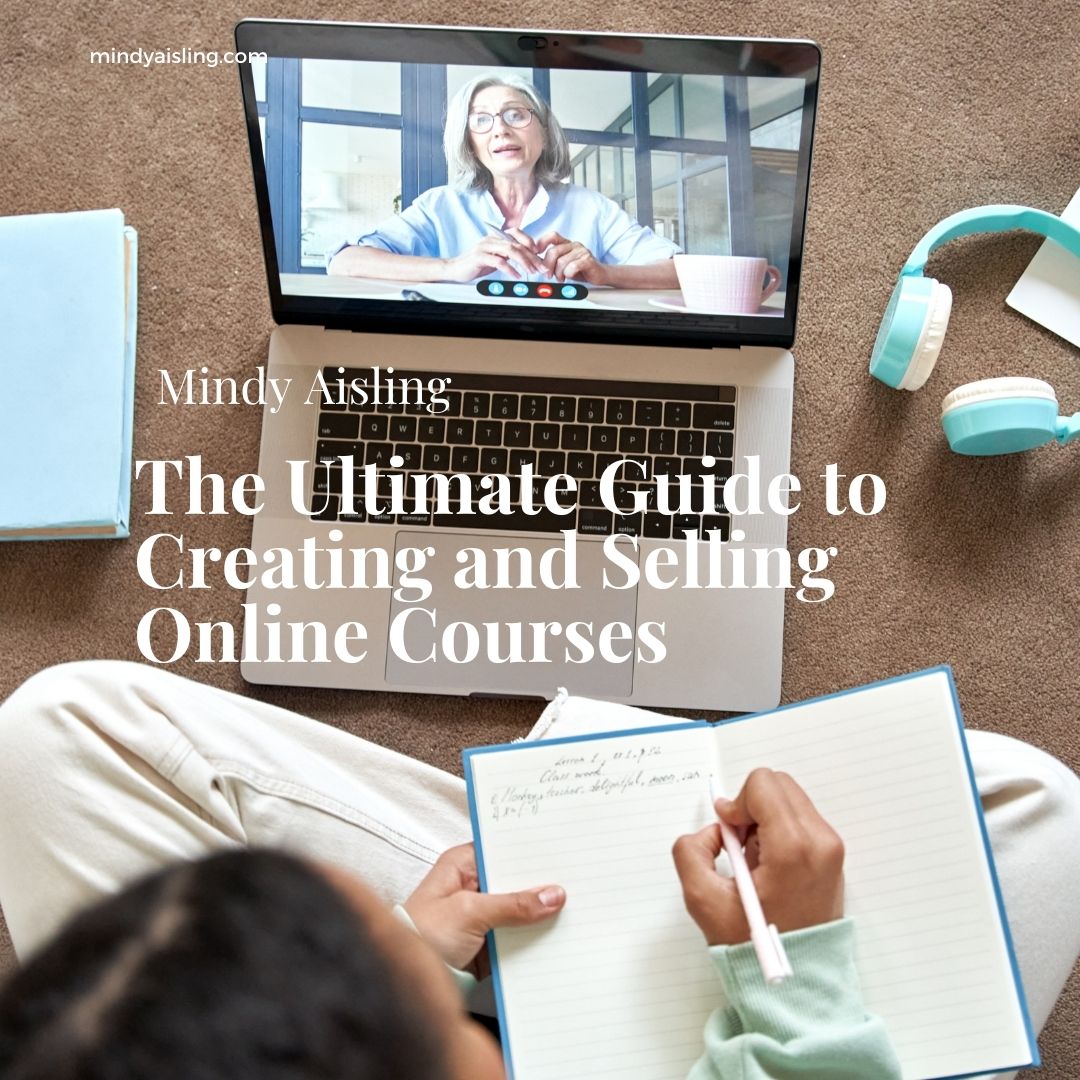One is not in bondage to the past, which has shaped our feelings, to race, inheritance, background. All this can be altered if we have the courage to examine how it formed us. We can alter the chemistry provided we have the courage to dissect the elements." - Anais Nin. Learning From Your PastOur past experiences shape who we are and how we perceive the world around us. While some experiences may be positive and contribute to personal growth, others may be painful and challenging. Regardless of whether our past experiences were positive or negative, there is always something to learn from them. By reflecting on our past, we can gain valuable insights that can help us navigate the present and build a better future. Identify Patterns One of the most important things we can learn from our past is to identify patterns. By looking at past experiences and identifying common themes, we can gain insights into our behavior and the situations that trigger certain responses. This knowledge can help us make more informed decisions and avoid repeating negative patterns in the future. Identify "Stories" and Belief Systems As we dissect our past, it is valuable to look deeper and discover what core stories and belief systems contributed to certain decisions and responses in our path. We can then decide if we need to update any of those belief systems in order to achieve our current goals. Practice Forgiveness Many people carry emotional baggage from past experiences that can hold them back from moving forward. Forgiveness is a powerful tool that can help us release negative emotions and move on from past hurts. By practicing forgiveness (including self-forgiveness), we can free ourselves from the burden of the past and focus on building a positive future. Celebrate Achievements It's important to acknowledge and celebrate our achievements, no matter how small they may seem. Reflecting on past successes can help build confidence and motivation, reminding us of our ability to overcome challenges and achieve our goals. Learn From Mistakes Making mistakes is a natural part of the learning process. Rather than dwelling on past mistakes, we can use them as opportunities for growth and learning. By analyzing what went wrong and how we can avoid similar mistakes in the future, we can build resilience and develop new skills. Embrace Change Change is an inevitable part of life, and the past can offer valuable insights into how we've adapted to change in the past. By looking at how we've navigated past transitions and challenges, we can develop new strategies for dealing with change and build greater resilience. Reflecting on our past experiences can be a powerful tool for personal growth and development, and it is key to changing our future.
0 Comments
Beat Procrastination with these 4 StrategiesWe all procrastinate from time to time, but it can be an incredibly damaging habit. If you’re struggling to stay on task and get things done, here are some quick strategies for beating procrastination. Beat Procrastination Strategy # 1: Set A TimerOne of the biggest problems with procrastination is that it can be really hard to break out of the cycle of procrastination once you start. That’s why setting a timer can be a great way to stay focused and motivated. Choose a realistic amount of time for yourself, such as 20 minutes or an hour, and then set the timer and work until it goes off. Focusing on smaller chunks of time like this can help you stay productive without feeling overwhelmed. Beat Procrastination Strategy # 2: Break Tasks into Smaller PiecesSometimes tasks can seem overwhelming when we look at them in their entirety. To make them feel more manageable, try breaking them down into smaller pieces that are easier to tackle one at a time. This will make it easier for you to prioritize what needs to get done first so that you don’t fall into the trap of feeling paralyzed by too many choices. Beat Procrastination Strategy # 3: Reward YourselfRewards aren’t just for kids! Taking breaks throughout your day or rewarding yourself with something special after completing a big task can help you stay motivated and on track. Just remember not to let your rewards become excessive - they should just be enough to boost your motivation levels back up if they start flagging. Beat Procrastination Strategy # 4: Create AccountabilityAccountability is key when it comes to avoiding procrastination – if no one else holds us accountable for our actions, then we tend to take the easy way out and put off our tasks. That’s why it’s important to create some external accountability for yourself – whether it’s telling a friend about your goals or joining an online group that encourages each other to stay on track – having someone else who knows about your plans can help keep you focused and motivated.
No matter how much we procrastinate, there are always ways we can beat it once and for all! By setting timers, breaking tasks down into smaller pieces, rewarding ourselves, and creating accountability, we can combat our tendency towards procrastination and reach our goals faster than ever before! Start putting these strategies into action today so that tomorrow you can reap the rewards. Mindy Amita Aisling, MCC, is a professionally trained and board-certified life, leadership, and entrepreneur coach. Mindy exceeds all requirements set forth by the International Coaching Federation (ICF) for Master Coach certification. Through her innovative approach, she assists clients in examining their limiting beliefs, questioning their assumptions about how the world works, and releasing the notion that they are anything less than perfect. As a result, individuals who work with Mindy cultivate the ability to stand firm in their beliefs, live authentically and decisively, and discover an experience of life that is easy and graceful. Mindy founded How to Be Human: Vital Skills for an Authentic Life and Entreprenerd: A Leadership & Small Business Community for Nerds Around the World. These programs have enabled her to share her wisdom and knowledge with a broader audience in service of her vision of helping others live authentic lives This, in turn, has empowered more individuals to lead their most TRUE and COURAGEOUS lives.
 Related Blogs: The Science of Gratitude The Art of Having A Conversation With Someone Who Holds a Different View 5 Wellness Apps You Wish You'd Known About Sooner Happy March, my friends; 'tis the month associated with leprechauns and luck. This got me thinking about luck, and the more I considered it, the more my curiosity grew. What is luck? How is it created in our lives (beyond capturing a leprechaun)? 🍀 I started my investigation by looking up the word luck to ensure I knew the definition. Merriam-Webster Dictionary defines luck as: "a force that brings good fortune or adversity." Hmmmm. I have experienced this force in my life - both positively and negatively. There was a time that I didn't believe in "luck." I thought the idea of an invisible force that impacted our lives smacked of religious tripe. I was born with a scientific, logical mind that demands proof for my belief systems. However, over the decades of having this human experience, I have gathered significant data that something else is happening here - on this planet, in our souls, and our lives. There is no logic to it, and it can't be explained. I certainly don't have any words to describe it accurately. The closest I've gotten is "chaos" and "magic," but I supposed that you could call it luck (given the definition outlined above) Here is what I've learned about this invisible force: You can't control it, but you can dance with it. So first, let yourself off the hook for influencing everything in your life. While I love teachings like The Secret and Abraham Hicks, my experience is that they are incomplete. They are missing two critical pieces of wisdom & knowledge. The first missing piece is the power of action, and the second is the dance with luck. There is a force that brings boons and tragedy, and we (as humans) have some influence, but we don't control it. Therefore, we must learn to dance with it. The Dance With Bad Luck Bad luck is challenging to dance with. When tragedy strikes our lives or something doesn't go as planned, it is normal to experience feelings associated with suffering (anger, sadness, frustration, resentment, or confusion). This is where the dance begins. The way to move beyond the feelings is to feel them- but not think about them. This is the trickiest dance step. Our minds want to ruminate on the suffering, relive the experience, or imagine it repeatedly, adding in ways it could have been different. This is not helpful. Quiet the mind, feel the feelings, release the feelings, and get back into the game of life. The Dance with Good Luck The dance with good luck is much more fun, but strangely, it can be just as challenging. The challenge in this dance is self-confidence. To play with the good luck in the Universe, you must believe in yourself. You must know that you are endlessly powerful and deserving. When you cultivate an environment and habits that support you in knowing your worth, you can increase the "good luck" in your life by creating ever-growing levels of presence that alert you to "clues" in your life. Your attention will be drawn to people, things, and situations, giving you information about unlikely actions to take. As you develop your intuition and trust in yourself, you will notice a dramatic improvement in your decision-making, timing, and results. Your work and life can become an enjoyable and continuous treasure hunt with unlimited treasures. You are a powerful creator, but you live in a world with multiple forces at work, not just your own. Understanding this and establishing both self-compassion and self-empowerment is the key to dancing with luck in your life. Cha Cha Cha. Enjoy this collection of quotes on luck and life. Did I miss your favorite? Let me know in the comments below!  Related Blogs: The Hands-Down Best Quotes About Self-Care 6 of the Best Quotes on Love How To Be Human Comics What is the Law of Attraction?The Law of Attraction has gained significant popularity in recent years, thanks in part to books like "The Secret" and the increasing focus on personal development and manifestation. But what exactly is the Law of Attraction? Is it a mystical force or a mere self-help technique? At its core, the Law of Attraction is the belief that like attracts like, and that thoughts and intentions have the power to create our reality. In other words, the energy we emit through our thoughts, emotions, and actions will attract similar energy back to us. Whether consciously or unconsciously, we are constantly manifesting our desires and experiences through the Law of Attraction. Origins of the Law of AttractionThe origins of the Law of Attraction can be traced back to ancient philosophies and spiritual teachings, such as those found in Hermeticism and New Thought. However, it gained mainstream attention in the early 20th century when authors like Napoleon Hill and Wallace D. Wattles discussed the power of positive thinking and the ability to attract success and abundance. The fundamental principle of the Law of Attraction is the idea that our thoughts and beliefs shape our reality. If we focus our attention on positive thoughts, visualizations, and affirmations, we can attract positive outcomes and experiences into our lives. Conversely, if we harbor negative thoughts and beliefs, we may unwittingly attract negative experiences. The Law of Attraction operates on the basis of the belief that the universe is made up of energy and vibrations. Everything in existence, including our thoughts and emotions, emits a specific vibrational frequency. By aligning our thoughts and emotions with the desired outcome, we can raise our vibration and attract similar frequencies from the universe. The process of using the Law of Attraction involves several key steps. First, one must clearly define their desires and set specific intentions. This could involve creating a vision board, writing affirmations, or practicing guided visualizations. The key is to be as specific and detailed as possible, allowing the mind to focus on the desired outcome. Next, it is important to cultivate a positive mindset and belief system. Negative thoughts and self-doubt can hinder the manifestation process, so it is crucial to replace them with positive and empowering beliefs. Affirmations and positive self-talk can be powerful tools in reshaping one's mindset. Another important aspect of the Law of Attraction is taking inspired action. It is not enough to simply wish for something to happen; one must actively work towards their goals. The universe responds to our intentions, but it also expects us to take steps in the direction of our desires. By staying open to opportunities and acting upon them, we can accelerate the manifestation process. Critics of the Law of AttractionCritics of the Law of Attraction argue that it oversimplifies the complexities of life and may lead to a "blaming the victim" mentality. They suggest that external factors beyond our control, such as socio-economic conditions or systemic injustices, play a significant role in shaping our reality.
While it is true that the Law of Attraction does not discount the influence of external circumstances, it emphasizes personal responsibility and the power of mindset. Advocates of the Law of Attraction argue that by shifting our thoughts and beliefs, we can change our perception of reality and open ourselves up to new possibilities and opportunities. In short, the Law of Attraction is a belief system centered around the idea that our thoughts and intentions shape our reality. By focusing on positive thoughts, cultivating a positive mindset, and taking inspired action, we can attract desired outcomes into our lives. While it may not have a scientific basis, many individuals attest to the transformative power of the Law of Attraction in their personal lives. Whether one chooses to embrace it fully or approach it with skepticism, exploring the principles of the Law of Attraction can offer valuable insights into the power of the human mind and its potential for creating a fulfilling and abundant life. Embracing your neurodivergent self can be a challenging journey. Navigating the expectations of your partner and family while staying true to who you are requires both self-compassion and effective communication. Here's how to stop beating yourself up and foster acceptance from those around you:
Understanding Neurodivergence Neurodivergence encompasses a range of neurological differences, including conditions such as autism, ADHD, dyslexia, and more. These differences contribute to unique perspectives, strengths, and challenges that set you apart from neurotypical individuals. Embracing your neurodivergent self means recognizing that your brain is wired differently, and this is not a flaw but a fundamental part of who you are. The pressure to conform to societal norms and family expectations can be overwhelming, especially when your neurodivergence doesn't align with these preconceived notions. It's important to acknowledge that trying to be someone you're not only leads to emotional distress and can hinder your personal growth and well-being. Here's some tips to navigating your neurodivergence in relationships: 1. Self-Compassion: Be kind to yourself. Understand that your neurodivergence is not a choice, but an inherent aspect of your identity. Instead of viewing your differences as limitations, focus on your unique strengths and perspectives. Celebrate your accomplishments and the progress you've made on your personal journey. 2. Know Yourself: Take the time to get to know yourself, and what makes your brain different. Many neurodivergent individuals have participated in so much masking throughout their lives that they are unable to identify who they really, authentically are. You can investigate this on your own, or get support from a coach. 3. Educate and Communicate: Sometimes, lack of understanding can lead to misconceptions about neurodivergence. Take the initiative to educate your partner and family about your specific condition. Share resources, books, or articles that can help them gain insight into your experiences. Open, honest, and patient communication can pave the way for greater understanding and acceptance. 4. Set Boundaries: Neurodivergence might mean that you have different needs and sensitivities. It's crucial to set clear boundaries with your partner and family to ensure that your well-being is prioritized. Establishing these boundaries helps them understand your limits and demonstrates your commitment to self-care. 5. Emphasize Shared Experiences: Find common ground. While your neurodivergence might set you apart in certain ways, there are likely areas of shared experiences and interests. Emphasize these connections to help your partner and family understand that your differences don't define your entire relationship. 6. Seek Professional Support: If the struggle to gain acceptance becomes overwhelming, consider seeking guidance from a therapist or counselor. Professional support can provide you with coping strategies, communication skills, and tools to navigate difficult conversations and emotions. Fostering Acceptance in Others: Embracing your neurodivergent self and seeking acceptance from your partner and family is a multifaceted journey that requires patience, understanding, and communication. Remember, you deserve to be radically accepted and celebrated for exactly who you are (in all your weird and wonderful ways), so don't settle for anything less then that in your relationships. While it may take time, the effort you invest in fostering understanding and acceptance will ultimately lead to stronger, more connected relationships and a deeper sense of self-worth. Here's some tips to take on your journey: 1. Lead by Example: Be the embodiment of self-acceptance. Demonstrating confidence in who you are sends a powerful message to those around you. When you authentically embrace your neurodivergent self, others are more likely to follow suit. 2. Educate Them: Provide your partner and family with resources that help them understand neurodivergence better. Encourage them to learn about the various ways neurodivergence can manifest and the positive aspects that come with it. 3. Share Your Feelings: Share your feelings openly, expressing how their acceptance would positively impact your well-being. Help them understand that their support isn't just important—it's transformative for your relationship and personal growth. 4. Celebrate Achievements: Acknowledge and celebrate the progress you make on your journey. When your partner and family witness your growth and accomplishments, they might gain a deeper appreciation for the strength it takes to be true to yourself. Healthy Conflict ResolutionConflict is an inevitable part of any relationship, be it personal or professional. However, how we handle conflict determines the overall health and longevity of our connections. Fighting fair is a crucial skill that allows us to navigate conflicts with respect, empathy, and a commitment to finding mutually beneficial resolutions. In this article, we will explore strategies for fighting fair and fostering healthy conflict resolution. Additionally, I recommend having a conversation with anyone that you're in a close relationship with about how you are going to fight, what rules you are going to follow, and boundaries you are going to respect. While the suggestions below are good ideas for all relationships, the truth is that when you form a close relationship with another human, both you and the other person are nuanced and unique, and the relationship itself is nuanced and unique due to the circumstances surrounding it. Therefore, customizing the way you communication (including resolving conflicts) in each relationship is beneficial. Healthy Conflict Resolution Tip: Check IntentionThe human brain is wired for connection, and all of us desire to be seen, heard, and understood as well as feel love, safety, and connection. The primary tool that we use to achieve these things is communication. However, the effectiveness of these conversations often hinges on the intentions behind them. Before engaging in a conversation, it is essential to take a moment to reflect on our motives. The three questions that I always ask myself are:
Choose the Right Time and PlaceTiming is crucial when engaging in conflict resolution. Avoid discussing sensitive issues when you or the other person is tired, stressed, or distracted. Find a quiet and private space where both parties feel comfortable expressing themselves without interruptions or external pressures. Creating a conducive environment sets the stage for productive conversations. Seek to UnderstandApproach conflicts with an open mind and a genuine desire to understand the other person's perspective. Practice active listening by giving them your full attention, asking clarifying questions, and summarizing their points to ensure accurate comprehension. Showing empathy and validation can help foster a sense of safety and trust, promoting more effective communication. (Learn More About Active Listening Here) Healthy Conflict Resolution Tip: Use "I" Statements and Express Emotions
Apologize sincerely when necessary and express a commitment to making positive changes moving forward. Please note that a commitment is different than a promise. Taking responsibility for your actions requires accurate self-assessment. Be honest about who you are and what your abilities are. For example, Stay on topicStay on the topic that was originally brought up for discussion. This means that the person who brought up the issue, concern, or feeling will be primarily taking the role of the speaker, and the other person will be taking the role of the listener. As the listener, it can be normal to experience an impulse to tell your side of the story, be defensive, or turn the conversation around and blame the other person. If you're able to control these feelings, stay in the conversation and, if necessary, you can even take notes on the thoughts and feelings that the topic is bringing up for you. You can reference this notes after a few days, and if the concerns feel valid, you can bring them to the other person. This avoids reactive, defensive "hurts" in the relationship, it saves time and energy, and it allows you to further understand yourself and reveal your authenticity. If you are unable to control these feelings, ask for a time out and return to the conversation when you're not in your reptile brain. Take Responsibility For Your NeedsWhen you know what you need, and you take 100% responsibility for getting your needs met, you no longer expect the other person to read your mind, or give you what you want. Assumptions and expectations go out the window, and clear requests and healthy boundaries come in the front door. Practice Creativity, Compromise and Win-Win SolutionsApproach conflict resolution with a mindset of finding win-win solutions. Explore various options and be open to compromise. Look for common ground and seek creative solutions that address the needs and interests of both parties. Remember, the goal is to find resolutions that are mutually beneficial and promote the growth and harmony of the relationship. Remember the big pictureAbove all, remember the big picture! If you are in relationship with this person, my guess is that you want to create a positive, loving, safe relationship. Keep your ultimate goal for the relationship in mind as you move through the conflict. Take Breaks and Practice Self-CareSometimes conflicts can become heated or emotionally charged. It is important to recognize when emotions are escalating and take breaks if necessary. Step away temporarily to calm down, gather your thoughts, and regain emotional balance. Engage in self-care activities that help you relax and rejuvenate before returning to the discussion with a clearer mindset. Fighting fair is an essential skill that promotes healthy conflict resolution and strengthens relationships. Remember, conflicts are opportunities for growth, understanding, and strengthening our connections with others. By fighting fair, we foster healthier relationships and create a foundation for long-lasting harmony.
The digital age has ushered in new opportunities for sharing knowledge and making a living online. One lucrative avenue is creating and selling online courses. Whether you're an expert in a specific field or have a passion for teaching, online courses offer a scalable way to monetize your expertise. In this comprehensive guide, we'll walk you through the process of creating and selling online courses, highlighting success stories and platforms that can help you reach a global audience. Part 1: Creating Your Online Course Step 1: Choose Your Niche. Before you start creating your course, it's essential to identify your niche. What knowledge or skill do you possess that others are eager to learn? Successful course creators often choose subjects they are passionate about and have expertise in. Conduct market research to determine demand for your niche and potential competition. Step 2: Define Your Learning Objectives. Outline clear learning objectives for your course. What should students be able to do or know after completing it? Structuring your course with specific goals in mind will help students understand the value it offers. Step 3: Content Creation. Create engaging and informative content for your course. This can include video lectures, written materials, quizzes, assignments, and more. Ensure your content is organized logically and that it provides value to your target audience. Step 4: Course Delivery Platform Choose a platform to host and deliver your course content. Some popular options include:
Step 5: Create Engaging Content. Make your course engaging with high-quality content, interactive elements, and multimedia. Incorporate stories, real-world examples, and practical exercises to keep learners engaged. Step 6: Pricing Strategy. Determine the pricing strategy for your course. Consider factors like the value you provide, your target audience's willingness to pay, and your competitors' pricing. Some creators offer free courses initially to build an audience and upsell premium content. Step 7: Marketing Your Course. Effective marketing is crucial for attracting students to your course. Utilize social media, email marketing, SEO, and paid advertising to promote your course. Engage with your audience, share valuable content, and build a community around your course. Part 2: Selling Your Online Course Success Stories 1. Angela's Culinary Masterclass. Angela, a seasoned chef, created an online culinary masterclass. She started by offering free cooking tutorials on YouTube and Instagram to build a following. After gaining a substantial audience, she launched her premium course on Teachable, priced at $199. With her engaging teaching style and mouthwatering recipes, Angela quickly attracted students from around the world, earning a steady income. 2. David's Digital Marketing Empire. David, a digital marketing expert, partnered with a well-known online education platform, Udemy. He created a series of courses on topics like SEO, content marketing, and social media advertising. Udemy handled the marketing, allowing David to focus on content creation. Over time, he amassed over 50,000 students and generated a six-figure income. Part 3: Platforms for Marketing and Selling Your Course While some course creators prefer to manage all aspects of their course independently, others rely on platforms that can market and sell their courses for them. Here are some notable options:
Creating and selling online courses can be a fulfilling and financially rewarding venture. By following the steps outlined in this guide and leveraging the right platforms and marketing strategies, you can turn your expertise into a valuable online course that reaches a global audience. Keep in mind that success may not come overnight, but with dedication and continuous improvement, you can build a thriving online course business like the success stories mentioned earlier.
|
AuthorMindy Amita AislingAuthenticity EmpowermentLife Coaching for Big-Hearted Overthinkers & Entreprenerds🐲Own Your Weird
🌎 Change Your World ⬇️ DIY Courses 👩🏻💻1:1 RemoteCoaching Fully Accredited ICF Certified Mindy Amita Aisling, is a professionally trained and board-certified leadership, authenticity, and entrepreneur coach.
Mindy exceeds all requirements set forth by the International Coaching Federation (ICF) for Master Coach certification. Mindy is also a licensed mediator, communications coach, and conflict resolution practicer. As a mediator, she has worked both in private practice and as a court appointment mediator at her local county courthouse. Through her innovative approach, she assists clients in examining their limiting beliefs, questioning their assumptions about how the world works, and releasing the notion that they are anything less than perfect. As a result, individuals who work with Mindy cultivate the ability to stand firm in their beliefs, live authentically and decisively, and discover an experience of life that is easy and graceful. In 2021, Mindy founded How to Be Human and Entreprenerd. These programs have enabled her to share her wisdom and knowledge with a broader audience in service of her vision of helping others live authentic lives This, in turn, has empowered more individuals to lead their most TRUE and COURAGEOUS lives. When she is not working, Mindy can be found playing outdoors in the beautiful Pacific Northwest, creating art, spending time with friends & family, or with her nose deep in a book. You can sign up for her newsletter here. Archives
June 2024
Categories
All
ICF Certified Life CoachAffordable Online Life Coaching |




































 RSS Feed
RSS Feed
